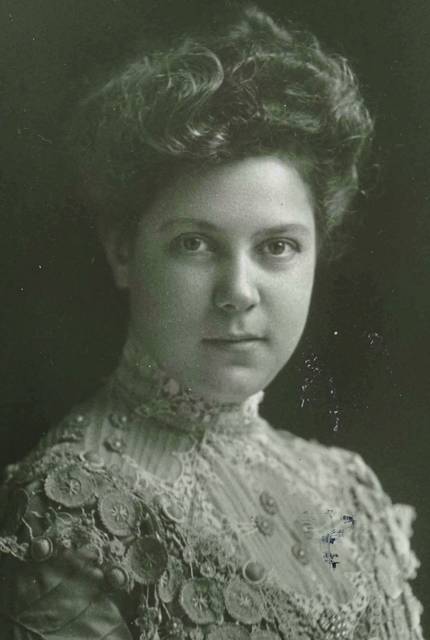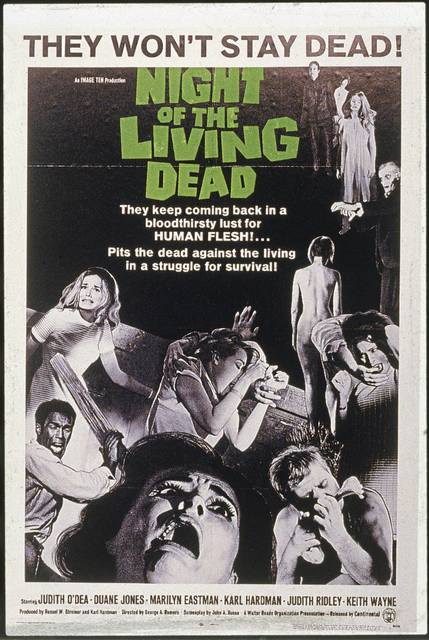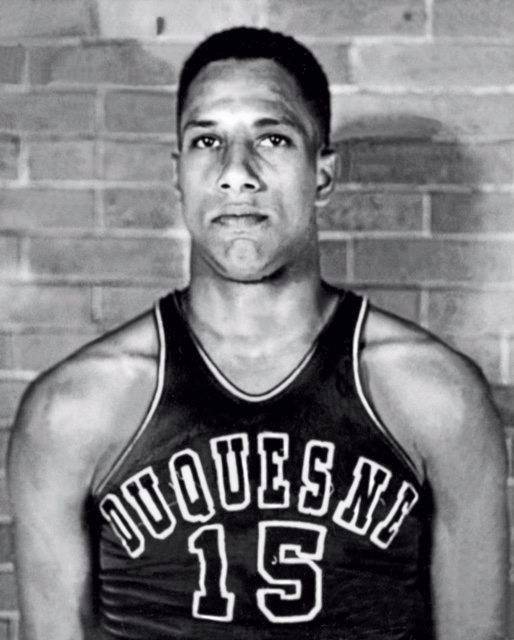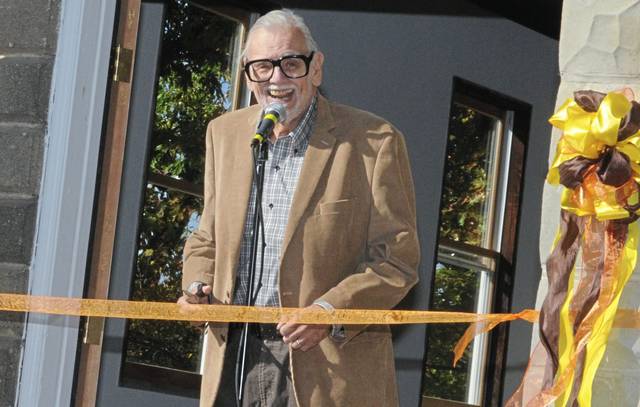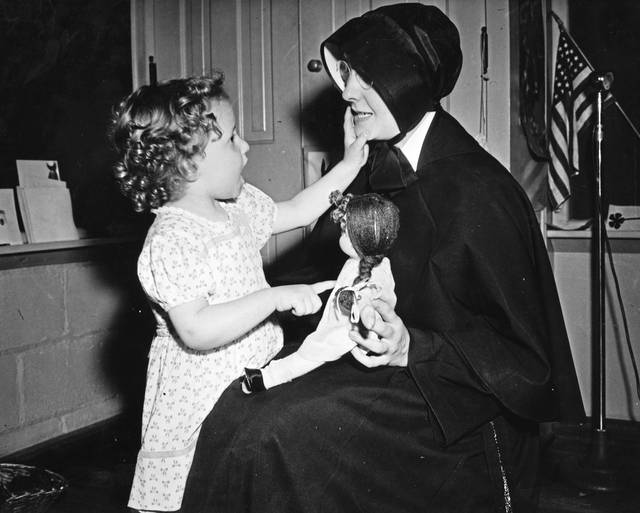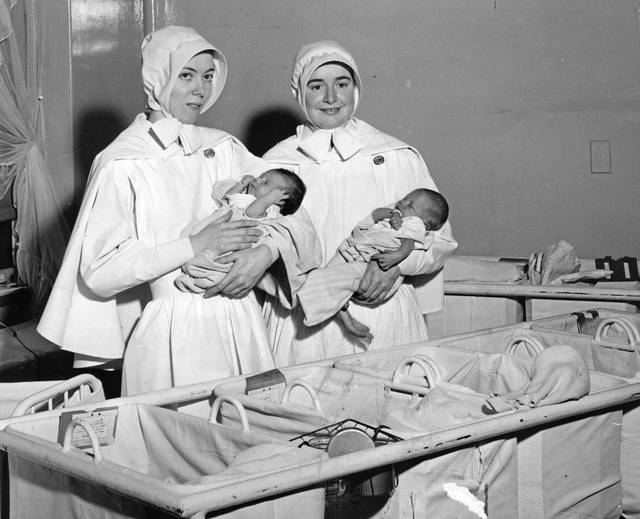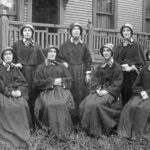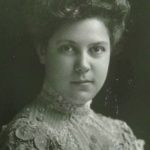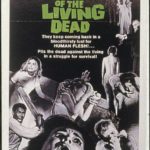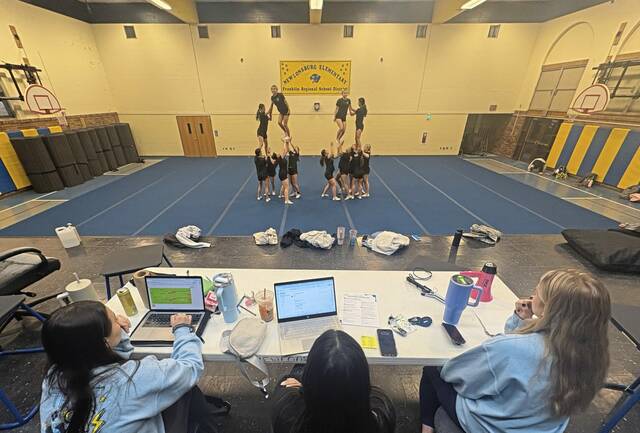The Sisters of Charity of Seton Hill, a standout Duquesne University basketball player, a renowned horror filmmaker, an influential archaeologist and an Indian trader who once owned thousands of acres in Western Pennsylvania will be recognized for their importance with historical markers, the state announced.
Six of the 24 people, places and institutions picked by the Pennsylvania Historical and Museum Commission to be honored with new markers have connections to the region. The historical commission said it received 48 applications. The state has a total of 2,300 historical markers.
The historic marker recognizing the Greensburg-based Sisters of Charity of Seton Hill will honor the more than 1,200 women “who have come and gone and highlight their important work,” said Casey Bowser, Sisters of Charity archivist.
“They’ve educated thousands of children in more than 100 Catholic schools in 12 states,” Bowser said, and “dedicated their lives to health care, social service, education, and to serving at-risk populations.” The Sisters of Charity established Seton Hill University in 1918, and still serves schools, institutes, hospitals, parishes and social service agencies throughout the U.S., Ecuador and South Korea.
The marker could be dedicated in August “at the same time the Sisters of Charity have the celebrations of their sesquicentennial,” Bowser said, noting that the order was founded in 1870 by Sister Elizabeth Ann Seton.
In the world of sports, Duquesne star Charles “Chuck” Cooper was recognized as the first African American basketball player drafted by the National Basketball Association in 1950, paving the way for integration in the league. Cooper, who played at Westinghouse High School in Pittsburgh, was drafted by the Boston Celtics.
“It is well-deserved,” said David Saba, Duquesne University athletic director, who submitted the application.
Cooper, who died in 1984, was an All-American at Duquesne, following two years of military service in the Navy during World War II. He played seven seasons in the NBA and was inducted into the Naismith Basketball Hall of Fame in 2019.
The honor is well-timed, Saba said, because Duquesne anticipates opening the renovated A.J. Palumbo Center as the new UPMC Cooper Fieldhouse on the campus this fall. Saba expects the marker would be placed along Forbes Avenue near the fieldhouse, but no decision has been made.
Legendary horror film director George A. Romero (1940-2017), was a New York City native who graduated from the former Carnegie Institute of Technology in 1957. He established a production studio in Pittsburgh, when he could have set it up in Hollywood, the historical commission said.
Romero’s classic Night of the Living Dead, made in 1968, was the first nationally successful feature film from Pittsburgh. The once-controversial movie has been broadly recognized as a landmark in both the horror genre and independent film making. Romero kept his studio in Pittsburgh, producing a dozen more feature films and mentoring filmmakers of the region.
A plaque is to be erected along Fort Pitt Boulevard in Downtown Pittsburgh, said Howard Pullman, a historical commission spokesman.
Pauline Hanauer Rosenberg (1863-1940) of Pittsburgh was one of the founders of the National Council of Jewish Women in 1893.
Rosenberg organized other Jewish Women council chapters in Philadelphia, Ohio and Washington, D.C. She also served as president of the national organization, whose work related to immigration assistance, social reform, and prevention of human trafficking was revolutionary.
Archaeologist Frances Dorrance of Pittsburgh (1877-1973) laid the foundation for the modern understanding of the state’s archaeological heritage. Dorrance founded the Society for Pennsylvania Archaeologists. In the 1920s, she initiated what would become the Pennsylvania Archaeological Site Survey, which currently contains records for more than 23,500 sites.
Colonial pioneer George Croghan (1718-1782) was a deputy Indian agent for the British territory that included what would become Western Pennsylvania. Croghan, who was born in Cumberland County, purchased 200,000 acres in the region prior to the American Revolution. He was a rival of George Washington and his Virginia Company for control of the lands west of the Alleghenies and the Ohio River territory.
Laurel Hill State Park will be recognized as well. Located near Trent, Somerset County, the park was constructed between 1935 and 1941 by Civilian Conservation Corps workers as part of President Franklin D. Roosevelt’s Works Progress Administration. Pennsylvania had five Recreational Designated Areas, the most in the country.
Laurel Hill is the most intact example, retaining all of the original recreational designated area types.



